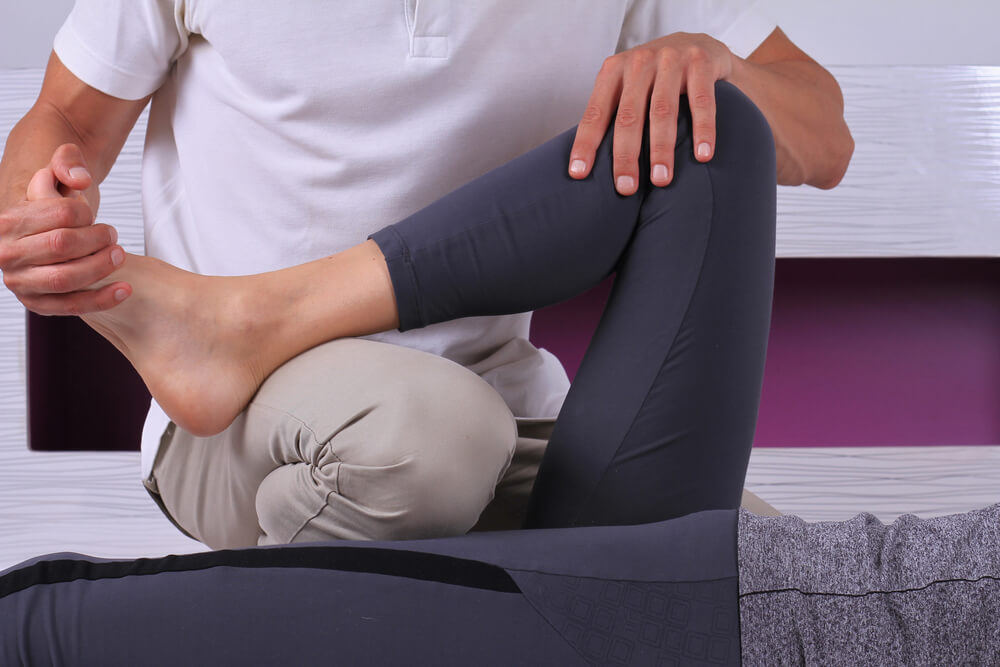Quadriceps tendinitis is a condition that occurs when the tendon that connects your quadriceps muscles to your tibia becomes inflamed or irritated. This inflammation and irritation can be the result of overuse or alignment problems in the knee structures.
This condition can be managed through conservative measures, including physical therapy.
Symptoms of quadriceps tendinitis
Quadriceps tendinitis can manifest in symptoms such as:
- Pain — Pain is the primary symptom and is typically located just below the kneecap, where the quadriceps tendon attaches. This pain can be sharp or achy and get worse with activity.
- Swelling — You may experience swelling or tenderness in the area.
- Stiffness — Your knee may feel stiff, especially when you first wake up or after sitting for long periods.
- Weakness — You may experience difficulty in extending your knee or doing activities that require strength from your quadriceps muscle.
Causes of quadriceps tendinitis
Quadriceps tendinitis can occur due to:
- Overuse — Repetitive movements in activities like:
- Running
- Jumping
- Squatting
- Sudden increase in activity — Increasing your physical activity too quickly can contribute to quadriceps tendinitis.
- Age — Older adults may be more susceptible to this condition due to age-related changes in the tendons.
- Alignment issues — Misalignment of the knee joint can put extra strain on the quadriceps tendon.
How is quadriceps tendinitis diagnosed?
If you suspect you have quadriceps tendinitis, it’s important to see a health care professional for a proper diagnosis and treatment plan. Diagnosis is done through a physical exam and imaging tests.
How is quadriceps tendinitis treated?
Quadriceps tendinitis can respond well to conservative treatments, including:
- RICE method — The RICE method is a simple yet effective approach used to treat minor injuries, including quadriceps tendinitis. It involves:
- Rest — Avoiding activities that aggravate the pain is essential.
- Ice — Applying ice to the affected area can help reduce inflammation and pain.
- Compression — Wearing a compression bandage can provide support and help reduce swelling.
- Elevation — Elevating the leg can help reduce swelling.
- Physical therapy — Physical therapy is a valuable component of treating quadriceps tendinitis, by strengthening quadriceps muscles as well as muscles of the hip and lower leg and improving flexibility. Physical therapy techniques that can help include:
- Therapeutic exercises
- Manual therapy
- Medication — Over-the-counter pain relievers or prescription medications may be recommended or prescribed to help manage pain and inflammation.
- Supportive devices — Using a knee brace or patellar strap can help provide support and alleviate strain on the tendon.
With appropriate rest, treatment and rehabilitation, most cases of quadriceps tendinitis can be successfully managed.
Take the next step toward healthy knees with Advent PT
At Advent PT, we understand the discomfort and limitations that quadriceps tendinitis can cause. Our team of experienced physical therapists is dedicated to providing you with personalized care and effective treatment options. By working closely with our physical therapists, you can effectively manage quadriceps tendinitis and return to your normal activities.
Call us or request an appointment today to learn how you can start your journey to recover from quadriceps tendinitis.

